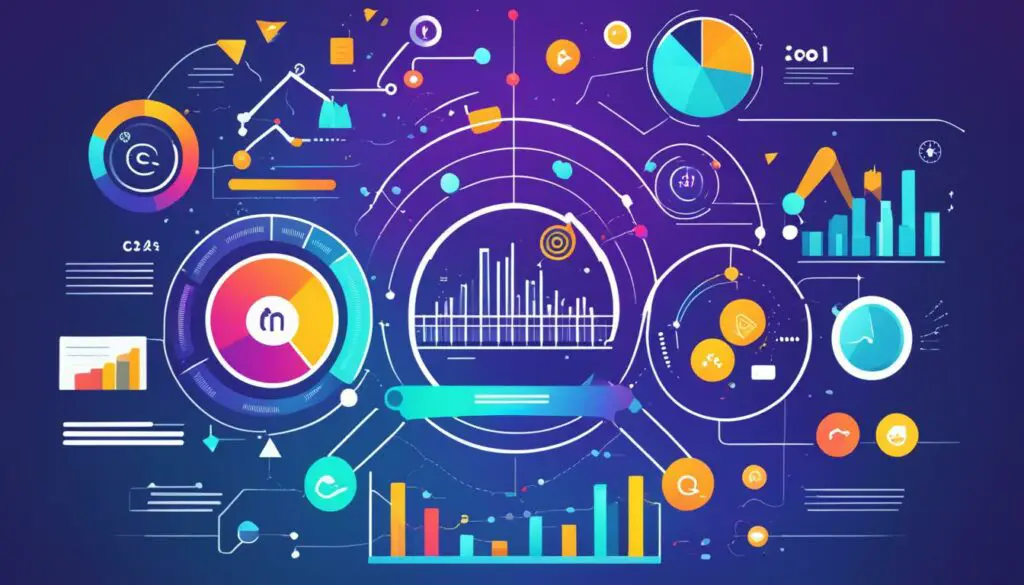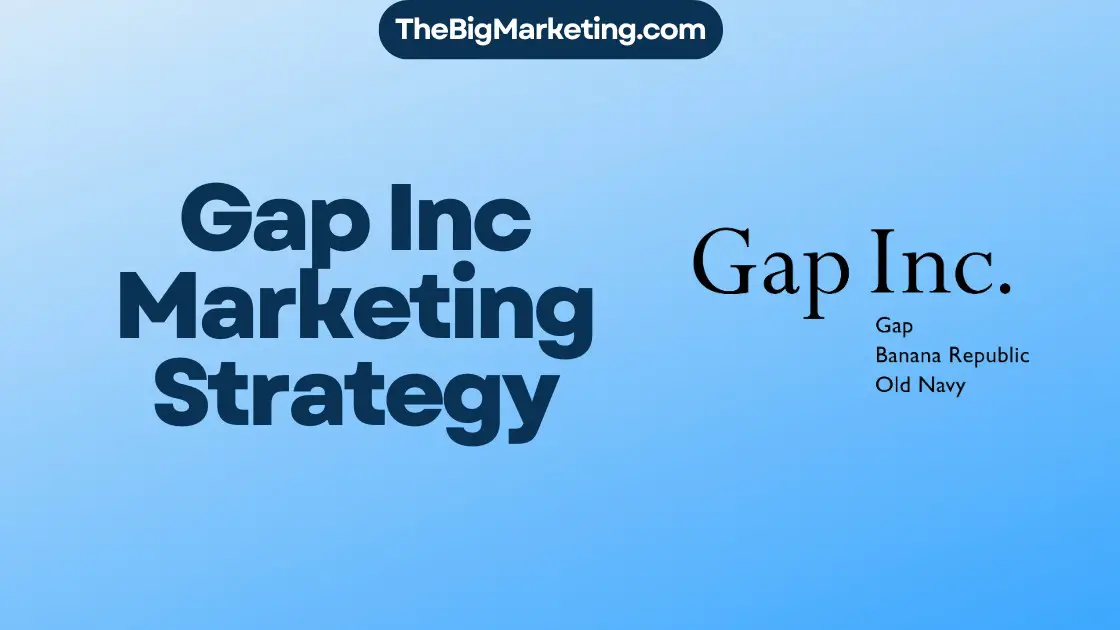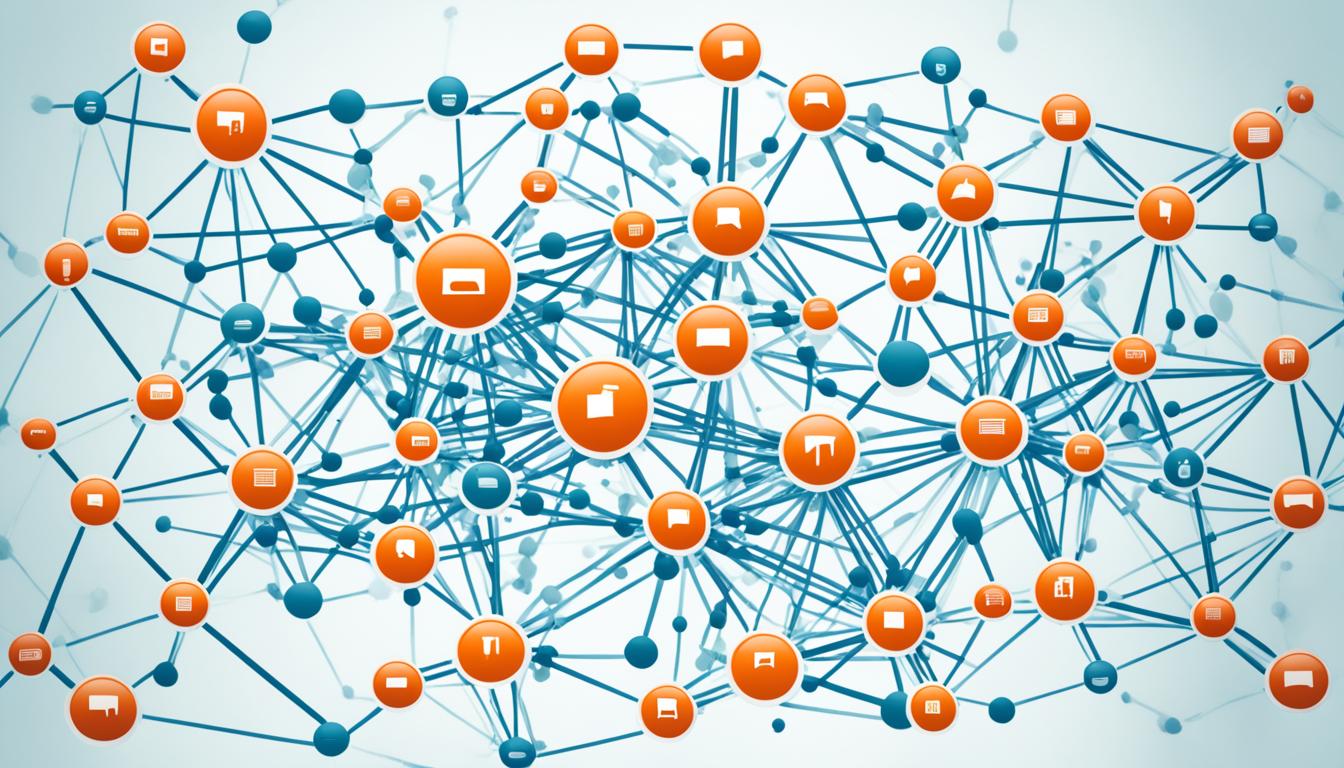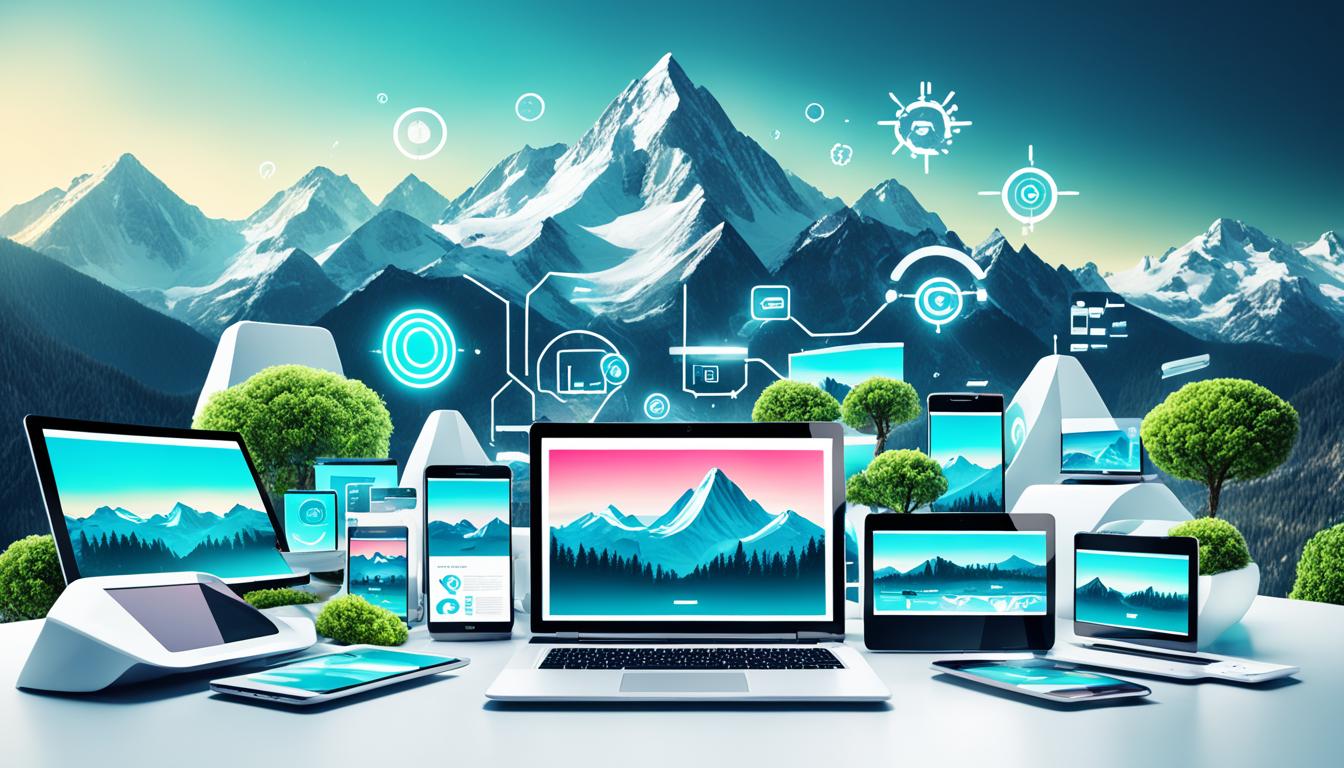Welcome to our comprehensive guide on the differences between digital media and digital marketing. In today’s digital age, these two concepts play an integral role in connecting businesses with their target audiences. Understanding the nuances and distinctions between digital media and digital marketing is crucial for implementing effective online strategies and achieving business objectives.
Digital media refers to content stored in digital format and transmitted through electronic devices or over the internet. It encompasses a wide range of mediums, including text, images, videos, audio, and interactive content. On the other hand, digital marketing leverages digital channels and technologies to promote products, services, or brands.
In this guide, we will explore the differences, roles, functions, and significance of digital media and digital marketing. From understanding the various types of digital media and the role it plays in communication, education, and entertainment, to delving into digital marketing strategies and channels, we aim to provide you with a comprehensive understanding of these concepts.
Throughout the guide, we will present factual data and insights from reputable sources to ensure the accuracy and reliability of the information provided. So let’s embark on this journey of understanding digital media versus digital marketing and discover how they collectively shape the modern business landscape.
- Digital media encompasses various types of content, including textual, visual, audio, and video.
- It plays a crucial role in disseminating information, educating, entertaining, and engaging audiences.
- Digital marketing strategically promotes products, services, or brands through digital channels.
- Both digital media and digital marketing have distinct purposes and approaches.
- Understanding the interplay between digital media and digital marketing is essential for effective online strategies.
Understanding Digital Media
Digital media refers to content stored in digital format and transmitted over the internet or through electronic devices. It encompasses various mediums such as text, images, videos, audio, and interactive content. Digital media plays a crucial role in disseminating information, educating, entertaining, and engaging audiences.
- Textual Content: Includes articles, blogs, ebooks, and social media posts.
- Visual Content: Encompasses images, infographics, and memes.
- Audio Content: Consists of podcasts, music, and sound bites.
- Video Content: Involves YouTube videos, streaming services, and ads.
Digital media offers a versatile and dynamic medium to connect with and captivate audiences. Whether it’s through engaging articles, visually appealing images, captivating audio, or immersive videos, digital media is integral to modern communication strategies.
| Type | Description |
|---|---|
| Textual Content | Articles, blogs, ebooks, social media posts |
| Visual Content | Images, infographics, memes |
| Audio Content | Podcasts, music, sound bites |
| Video Content | YouTube videos, streaming services, ads |
Types of Digital Media
Digital media encompasses various types of content that offer unique ways to engage and communicate with audiences. Let’s explore the different types of digital media:
Textual Content
Textual content includes articles, blogs, ebooks, and social media posts. It is the written form of digital media that conveys information, educates, and entertains through text-based formats.
Visual Content
Visual content involves the use of images, infographics, and memes to convey messages and information. It appeals to the audience through visually appealing and engaging elements.
Audio Content
Audio content includes podcasts, music, and sound bites. It utilizes the auditory senses to deliver information, entertainment, and storytelling experiences.
Video Content
Video content encompasses YouTube videos, streaming services, and ads. It combines visual and auditory elements to create engaging narratives, tutorials, and promotional materials.
These different types of digital media form the backbone of online communication and enable businesses to connect with their target audience effectively.
The Role of Digital Media
Digital media plays a crucial role in various aspects of our lives, including communication, entertainment, and education. It serves as a powerful tool for disseminating information, engaging audiences, and creating valuable content. Let’s explore how digital media impacts these areas:
1. Digital Media in Communication
Digital media has revolutionized communication by providing instant and widespread access to information. Websites, social media platforms, and messaging apps facilitate real-time interactions, allowing individuals and organizations to connect with their target audience on a global scale. Through digital media, people can share news, exchange ideas, and participate in online communities, fostering meaningful connections in today’s interconnected world.
2. Digital Media in Entertainment
In the realm of entertainment, digital media has transformed the way we consume and engage with content. Streaming services, online gaming platforms, and social media networks offer a vast array of entertainment options, from movies and TV shows to music, games, and virtual experiences. Digital media enables us to access entertainment anytime, anywhere, and discover new forms of storytelling that captivate our imagination.
3. Digital Media in Education
In the field of education, digital media has revolutionized the learning experience. Online courses, educational websites, and interactive platforms provide access to a wealth of knowledge and resources. Digital media enhances the accessibility and flexibility of education, allowing learners to acquire new skills, explore diverse subjects, and connect with experts from around the world. It also enables personalized and interactive learning experiences, making education more engaging and effective.
Overall, digital media plays a pivotal role in our society, shaping the way we communicate, entertain, and educate ourselves. It serves as a powerful tool for individuals, businesses, and institutions to connect with their audience, deliver impactful messages, and create meaningful experiences. Through digital media, we can foster engagement, inspire creativity, and facilitate the exchange of ideas on a global scale.
| Role of Digital Media | Digital Media in Communication | Digital Media in Entertainment | Digital Media in Education |
|---|---|---|---|
| Disseminate information | Real-time interactions | Access to diverse entertainment options | Enhanced accessibility and flexibility of education |
| Educate audiences | Global connectivity | Discover new forms of storytelling | Access to a wealth of knowledge and resources |
| Entertain audiences | Online communities | Availability anytime, anywhere | Personalized and interactive learning experiences |
| Engage audiences | Facilitate meaningful connections | Captivate audience’s imagination | Foster engagement and creativity |
Understanding Digital Marketing
Digital marketing is an essential component of a successful online strategy. It involves strategically promoting products, services, or brands using various digital channels and technologies. By leveraging the vast reach of the internet and digital platforms, businesses can effectively connect with their target audiences.
Digital marketing encompasses a wide range of tactics that work together to achieve marketing objectives. Some of the key digital marketing strategies include:
- Search Engine Optimization (SEO): Optimizing a website’s content and structure to rank higher in search engine results, driving organic traffic.
- Social Media Marketing: Utilizing social media platforms to engage with and reach a wider audience through targeted advertising, sponsored content, and community building.
- Email Marketing: Sending personalized emails to nurture leads, build customer relationships, and promote products or services.
- Content Marketing: Creating valuable and relevant content, such as blog posts, articles, and videos, to attract and engage the target audience.
- Pay-Per-Click (PPC) Advertising: Displaying ads on search engines or other websites, where advertisers pay a fee each time their ad is clicked.
The goal of digital marketing is to increase brand awareness, drive website traffic, generate leads, and ultimately boost sales and revenue. By utilizing a combination of these strategies and channels, businesses can effectively expand their online presence and achieve their marketing goals.
| Digital Marketing Channels | Benefits |
|---|---|
| Search Engines | – High visibility and reach – Targeted advertising – Increased website traffic |
| Social Media | – Wide audience reach – Engagement and interaction – Brand building and customer loyalty |
| – Personalized communication – Nurture leads and build relationships – Directly reach the target audience |
|
| Content | – Establish authority and expertise – Drive organic traffic – Attract and engage the audience |
| Pay-Per-Click (PPC) | – Targeted advertising – Immediate visibility and results – Control over ad spend |
Utilizing an effective digital marketing strategy allows businesses to stay competitive in the ever-evolving digital landscape.
Key Differences between Digital Media and Digital Marketing
When it comes to understanding the nuances of digital marketing and digital media, it is essential to recognize their distinct purposes and approaches. The primary difference lies in their fundamental goals: digital media focuses on providing information, entertainment, or engagement to the audience, while digital marketing aims to promote goods, services, or brands and encourage specific behaviors.
Purpose of Digital Media: Digital media is all about creating and delivering compelling content to captivate and connect with audiences. It encompasses various forms of media, such as text, images, audio, and video, that aim to inform, entertain, or engage the audience.
Purpose of Digital Marketing: In contrast, digital marketing leverages various channels and strategies to promote products, services, or brands. It focuses on reaching and influencing the target audience to drive specific actions, such as making a purchase, filling out a form, or subscribing to a newsletter.
Content vs. Promotion: Digital media emphasizes the creation and delivery of valuable content that captures the audience’s attention, educates, entertains, or provides relevant information. Digital marketing, on the other hand, focuses on the promotion of that content, aiming to amplify its reach, visibility, and impact to achieve business objectives.
Metrics: Success in digital media is often measured by engagement metrics, such as likes, shares, comments, and views. These metrics indicate the level of audience interaction and interest. In contrast, digital marketing success is typically measured by click-through rates, conversion rates, return on investment (ROI), and other key performance indicators (KPIs) that align with specific marketing objectives and business goals.
Approach: Digital media takes a more general and broad approach, catering to a wider audience and aiming to provide value and entertainment to a diverse set of users. Digital marketing adopts a targeted approach, focusing on reaching specific audience segments and driving specific actions or behaviors.
Tools and Strategies: While digital media relies on creative tools and platforms for content creation and delivery, digital marketing employs various tactics such as search engine optimization (SEO), social media marketing, email marketing, content marketing, and more to promote and amplify the reach of the content.
To summarize, digital media and digital marketing serve different purposes and employ distinct strategies. Digital media focuses on creating and delivering engaging content, while digital marketing is all about promoting that content to achieve specific objectives. Understanding these differences is crucial for developing effective digital strategies that leverage the strengths of both disciplines.
The Interplay Between Digital Media and Digital Marketing
Despite their differences, digital media and digital marketing often work hand-in-hand. Companies leverage digital marketing tactics to ensure informative digital media content reaches the target audience. Digital marketing relies on digital media to convey its message, while digital media relies on digital marketing efforts to gain exposure and reach a broader audience.
For example, a company may create blog posts (digital media) and use social media promotion and email newsletters (digital marketing) to ensure the content reaches its target audience. Through this interplay, digital media and digital marketing combine their strengths to maximize the impact and effectiveness of online strategies.
For a quick and easy reference, here’s a table summarizing the relationship between digital media and digital marketing:
| Digital Media | Digital Marketing |
|---|---|
| Focuses on creating and delivering content | Focuses on promoting products, services, or brands |
| Engages and informs audiences | Targets specific behaviors and goals |
| Relies on digital marketing for exposure and reach | Relies on digital media to convey its message |
| Measured by engagement metrics | Measured by click-through rates, conversion rates, and sales |
| Utilizes various content types (text, images, videos, etc.) | Utilizes various channels (social media, email, SEO, etc.) |
This symbiotic relationship between digital media and digital marketing underscores the importance of integrating both elements into a comprehensive online strategy. By leveraging digital media and digital marketing together, businesses can effectively engage their target audience, drive brand awareness, generate leads, and ultimately achieve their marketing goals.
By combining the power of digital media’s content creation and delivery with digital marketing’s promotional tactics and audience targeting, companies can optimize their online presence and drive meaningful results. It is crucial for businesses to recognize and utilize the interplay between digital media and digital marketing to stay ahead in the competitive digital landscape.
Now that we understand the interrelationship between digital media and digital marketing, let’s delve deeper into how success is measured in these realms in the next section.
Measuring Success in Digital Media and Digital Marketing
Success in digital media and digital marketing relies on effective measurement techniques and key performance indicators (KPIs). While both concepts have distinct aims and objectives, they share the common goal of achieving success in the digital landscape.
In the realm of digital media, success is often measured through engagement metrics. These include metrics such as likes, shares, comments, and views. These metrics provide insights into the audience’s level of interaction and interest, indicating the efficacy of the content and its ability to captivate and resonate with the target audience.
On the other hand, digital marketing adopts a more goal-oriented approach to measurement. Success in digital marketing is typically assessed through key performance indicators that align with the business objectives. These KPIs may include click-through rates (CTR), conversion rates, return on investment (ROI), lead generation, and sales metrics.
By utilizing these performance metrics, businesses can track the effectiveness of their digital marketing campaigns and make data-driven decisions to optimize their strategies and drive desired outcomes. Additionally, they allow marketers to monitor the impact of their digital media efforts in terms of delivering results that align with the broader marketing and business goals.
The Importance of Measuring Success
Measuring success in digital media and digital marketing is crucial for several reasons:
- Identifying what works: By analyzing engagement metrics and KPIs, organizations can identify which content and marketing strategies are most effective in capturing the attention and interest of their target audience. This insight allows them to refine their approach and focus resources on what is driving results.
- Evaluating ROI: In digital marketing, measuring success helps assess the return on investment (ROI) of marketing campaigns. It enables businesses to determine whether the resources allocated to digital marketing efforts are generating the desired outcomes and delivering a positive impact on the bottom line.
- Tracking progress: Success measurement provides a benchmark for tracking progress over time. It enables businesses to evaluate the impact of their digital media and marketing initiatives and make informed decisions about future strategies and investments.
- Optimizing strategies: By monitoring engagement metrics and KPIs, businesses can identify areas that need improvement and make data-driven optimizations to enhance their digital media and marketing strategies.
By measuring success in digital media and digital marketing, businesses can gain valuable insights, understand the effectiveness of their efforts, and continuously optimize their strategies to achieve their goals.

| Measuring Success | Digital Media | Digital Marketing |
|---|---|---|
| Primary Metrics | Engagement Metrics (likes, shares, comments, views) | Key Performance Indicators (KPIs) aligned with business objectives (CTR, conversion rates, ROI, lead generation, sales metrics) |
| Purpose | Inform, entertain, engage | Promote, encourage specific behaviors |
| Focus | Creating and delivering content | Promoting products/services through targeted tactics |
| Measurement Benefits | Insight into audience engagement and content impact | Evaluation of campaign effectiveness and return on investment |
Conclusion
In conclusion, understanding the differences between digital media and digital marketing is crucial for effective online strategies in the modern business landscape. Digital media focuses on creating and delivering content to engage and inform audiences, while digital marketing aims to promote products or services and drive specific behaviors. Both concepts play distinct roles and have their own functions.
Digital media encompasses various types of content, such as textual, visual, audio, and video content, providing valuable ways to connect with audiences. It serves as a means of disseminating information, educating, entertaining, and engaging viewers. On the other hand, digital marketing strategically promotes products, services, or brands using digital channels and technologies to increase brand awareness, drive website traffic, generate leads, and boost sales and revenue.
While digital media focuses on content creation, delivering engaging experiences, and measuring success through engagement metrics, digital marketing is all about promotion, targeting specific audiences, and measuring success through click-through rates, conversion rates, and return on investment. Despite their differences, digital media and digital marketing often work hand-in-hand, with digital marketing leveraging digital media to ensure content reaches the target audience.
By understanding the distinctions and interplay between digital media and digital marketing, businesses can effectively utilize these concepts to enhance their online presence, engage audiences, and achieve their marketing goals in the digital landscape.
FAQ
What is the difference between digital media and digital marketing?
Digital media refers to content stored in digital format and transmitted over the internet or through electronic devices, while digital marketing strategically promotes products, services, or brands using digital channels and technologies.
What types of content are included in digital media?
Digital media encompasses textual content (articles, blogs, ebooks, etc.), visual content (images, infographics, memes, etc.), audio content (podcasts, music, sound bites, etc.), and video content (YouTube videos, streaming services, ads, etc.).
What is the role of digital media?
Digital media plays a crucial role in communication, entertainment, and education. It serves as a means to disseminate information, educate, entertain, and engage audiences.
What is digital marketing?
Digital marketing strategically promotes products, services, or brands using digital channels and technologies. It encompasses tactics such as SEO, social media marketing, email marketing, and content marketing to increase brand awareness, drive website traffic, generate leads, and boost sales and revenue.
How do digital media and digital marketing differ in their purpose?
Digital media focuses on providing information, entertainment, or engagement to the audience, while digital marketing aims to promote goods, services, or brands and encourage specific behaviors.
How are the success metrics different for digital media and digital marketing?
Success in digital media is often measured by engagement metrics such as likes, shares, comments, and views, while success in digital marketing is typically measured by click-through rates, conversion rates, and return on investment.
How do digital media and digital marketing work together?
Digital marketing relies on digital media to convey its message, while digital media relies on digital marketing efforts to gain exposure and reach a broader audience. Companies often create informative digital media content and use digital marketing tactics to ensure that content reaches the target audience.
How can success in digital media and digital marketing be measured?
Success in digital media is often measured by engagement metrics such as likes, shares, comments, and views, while success in digital marketing is typically measured by key performance indicators (KPIs) aligned with business objectives, such as click-through rates, conversion rates, and return on investment.
What is the significance of understanding the differences between digital media and digital marketing?
Understanding the differences between digital media and digital marketing is crucial for effective online strategies. Both concepts have their own roles and functions, and leveraging their interplay can lead to successful digital campaigns and business growth.








